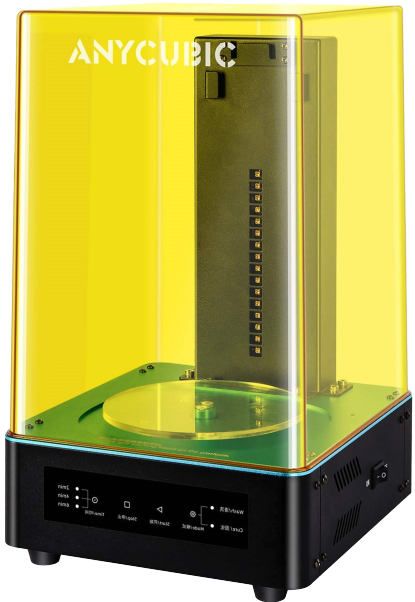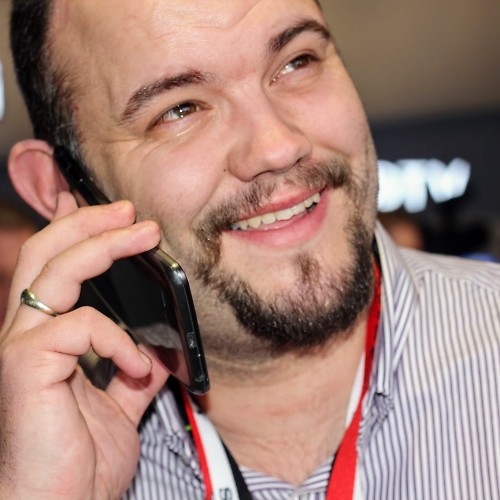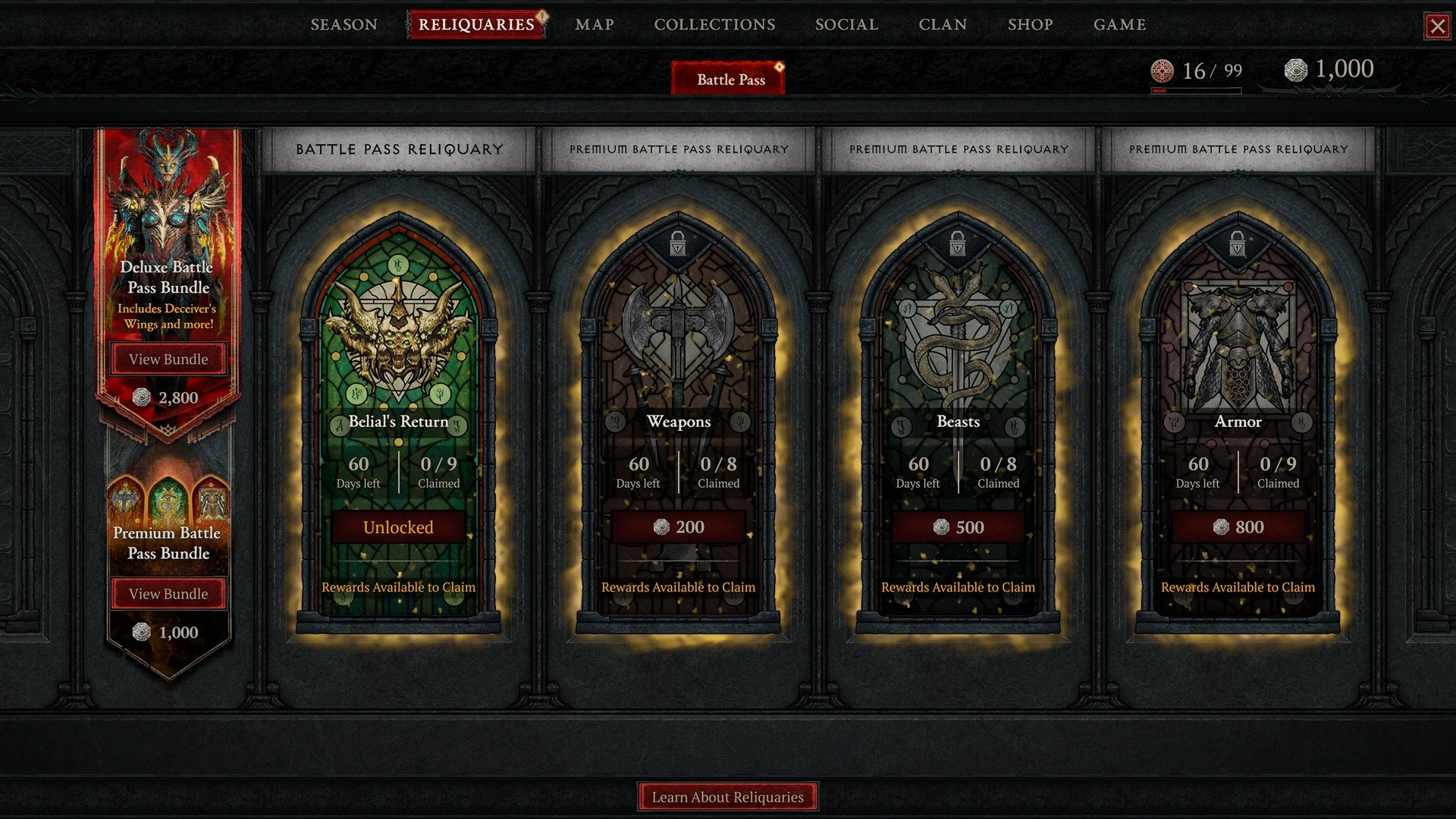Anycubic Photon Zero 3D printer review: This is the place to start resin printing
Has Anycubic made the perfect entry to 3D printing? I think it just might have.
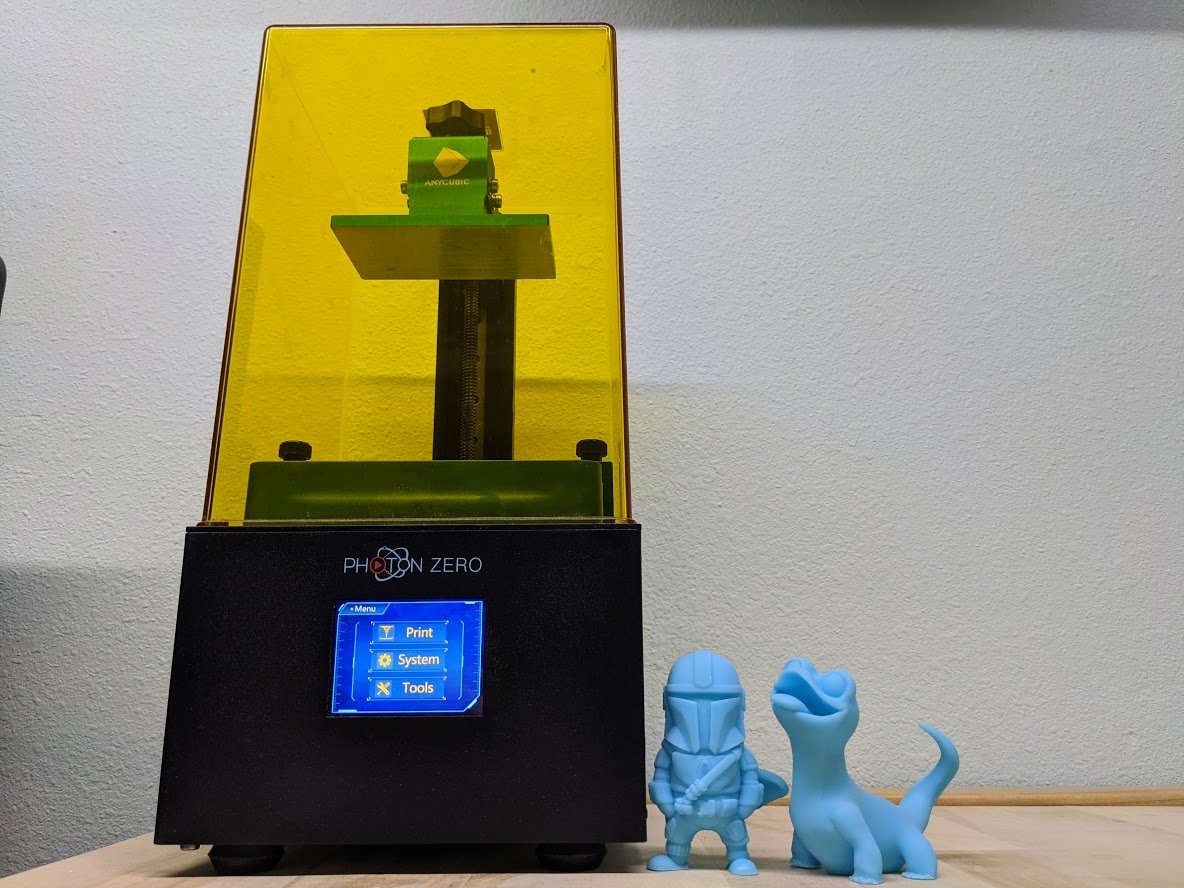
Anycubic has always done a good job making affordable 3D printers that work well. The original Photon was my first resin printer and still, to this day, is in use in my workshop. The company always seems to look at how it can make the barrier to entry as small as possible.
With the launch of its newest printer, the Photon Zero, and the companion wash/cure station, Anycubic has lowered the barrier to resin printer entry so low it might as well not be there. Let's take a look at the Zero and see what the fuss is about.
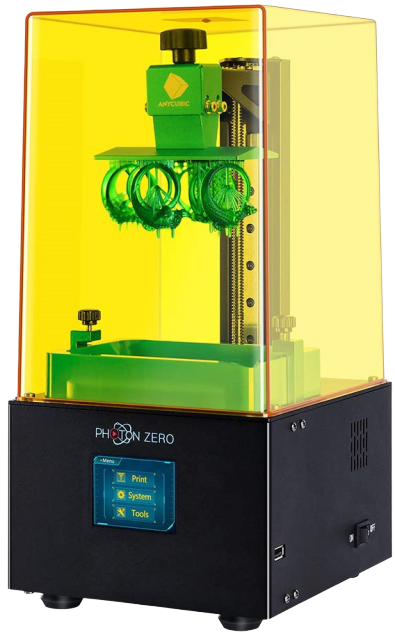
$213 at AmazonBottom line: The Anycubic Photon Zero, coupled with the wash/cure station, is an almost perfect team. Would I like the print bed to be a little bigger? Sure, but it's not a deal-breaker.
For
- Insanely cheap
- Easy to set up
- Excellent quality for the price
- Wash/cure station is a cheap add-on
Against
- Tiny build area
- Resolution on prints is low
- Build plate doesn't fit in the wash/cure
What you'll love about Anycubic Photon Zero
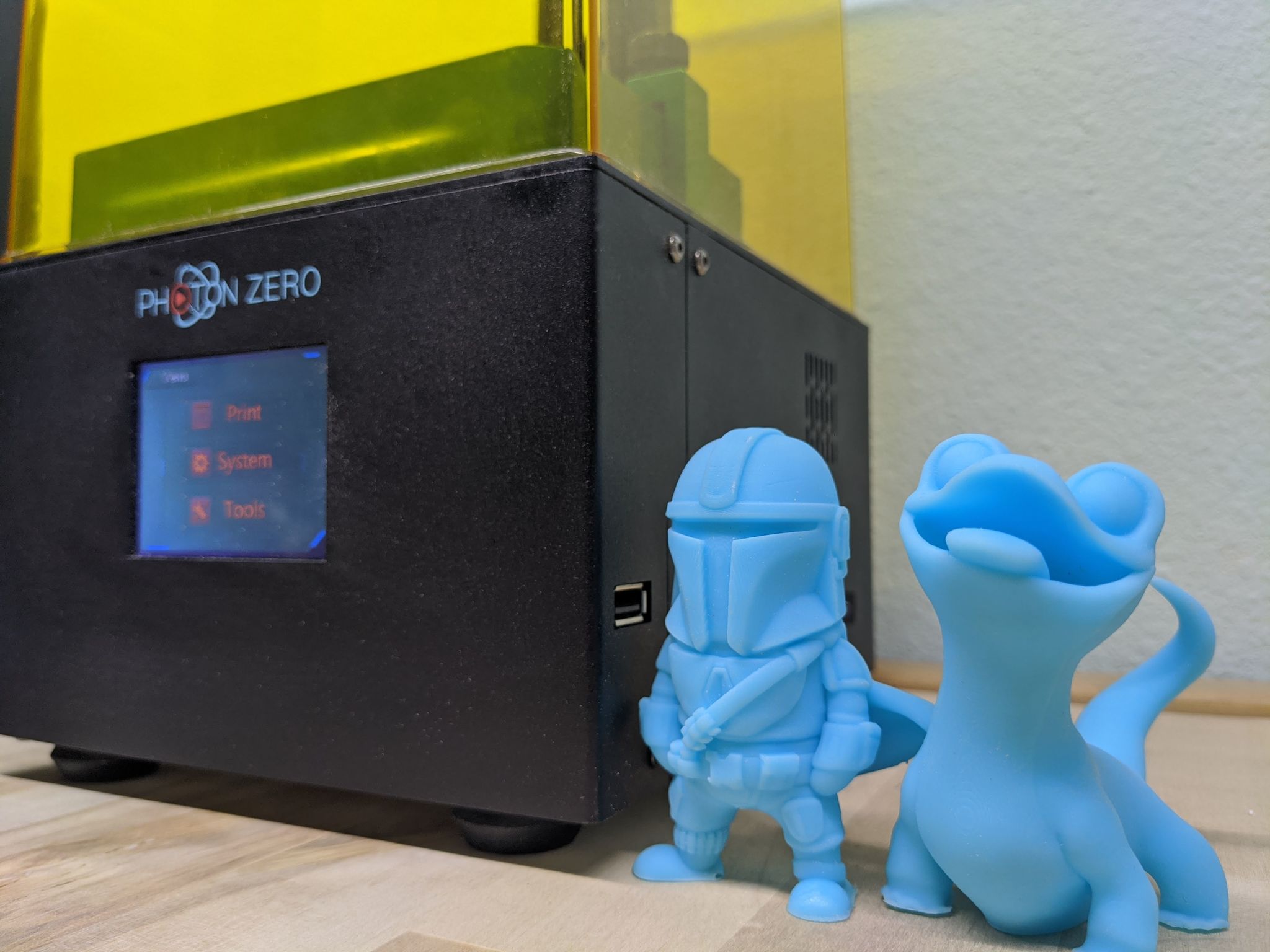
Let's talk about the very cheap elephant in the room. The Photon Zero is less than $200 in most cases, and you can pick both the Zero and the wash/cure station up for around $400, which is an astonishing price for these two machines. Typically resin printers cost about the same amount as these two combined, but then you have to either DIY a curing station or spend hundreds of dollars more to buy one. Being able to start your resin printing experience with everything you need is a massive advantage over almost any other 3D printer.
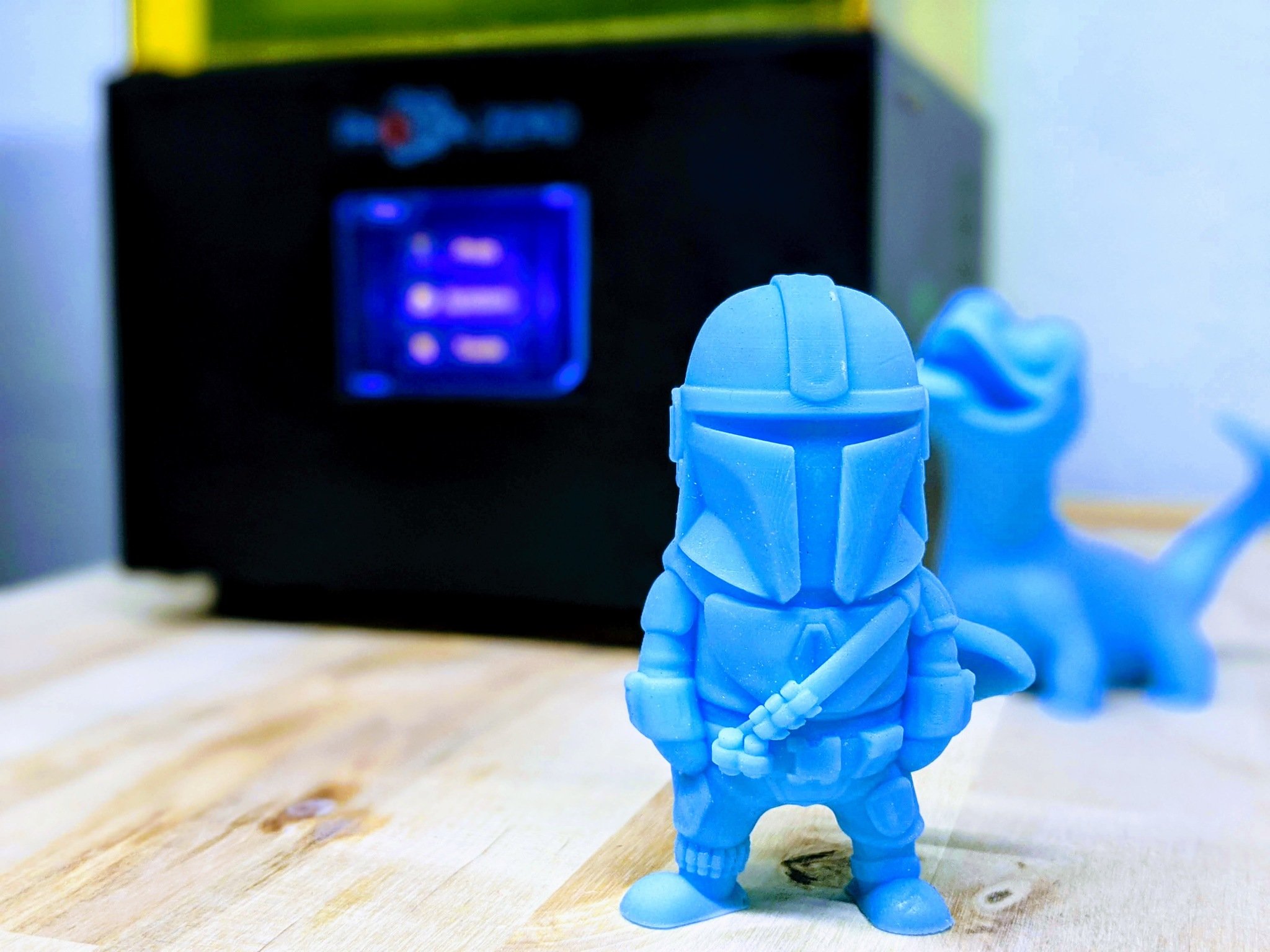
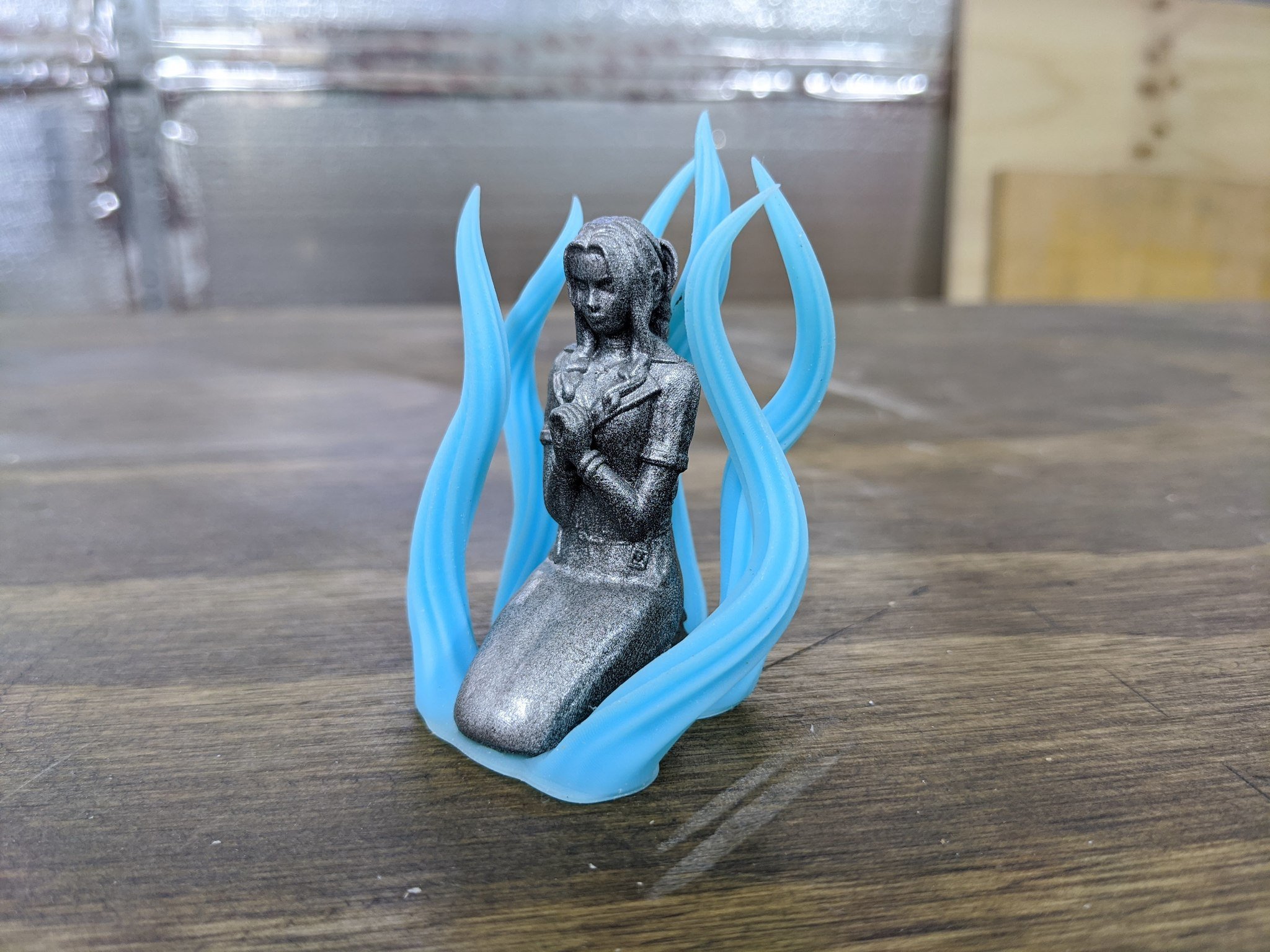
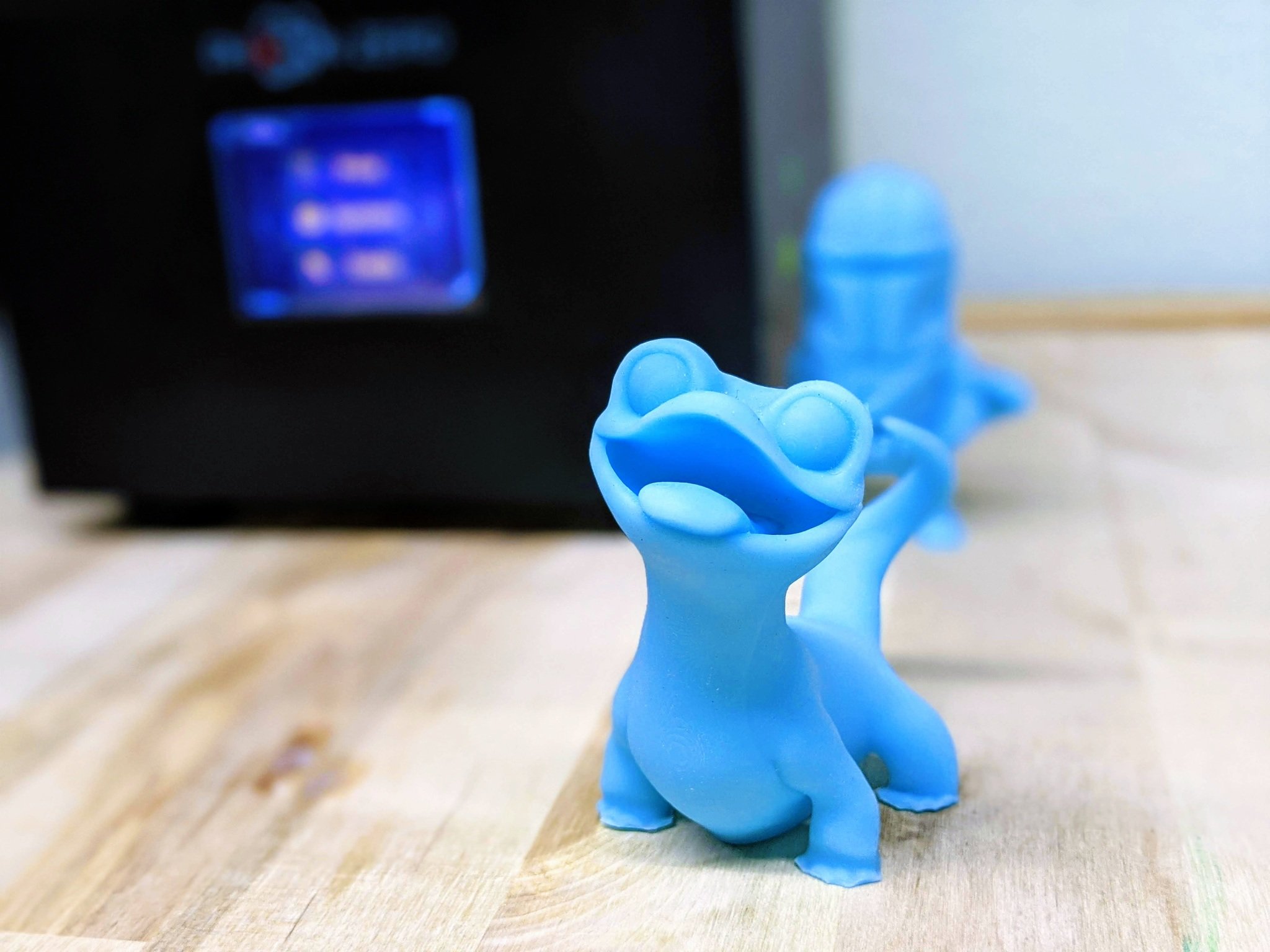
Source: Windows Central/James Bricknell
Another point in the pro column for new users is the ease of setup. From unboxing to printing, the first print took less than 10 minutes, and the software the Zero comes with is simple to use and self-explanatory. I would like the ability to use supports on the inside of prints once they are hollowed, but it isn't a deal-breaker. The Photon software can quickly turn your 3D models into sliced and supported resin prints in minutes. If you don't like it, that's OK — there are Chitubox settings out there for you to use.
With the Anycubic wash/cure station, all of your post-processing stress is eliminated.
While the resolution on the Zero is quite low — 480x854 pixels instead of the normal 1440x2560 pixels because the print bed is relatively small and has 16 times antialiasing — the prints still look good. There are some artifacts on some of the prints, the round head of Wekster's mini Mandalorian, for example, shows pixelation, but it isn't anything a little light sanding can't fix. That's the great thing about resin; even on its worst day it's easier to clean up than PLA.
Weirdly the prints of Bruni and Aerith from Kijai Design don't show any of that same artifacts while the Master Chief and Bane from Fotis Mint show plenty of on their curves. Having 16 times antialiasing might help a little, and orientating the print differently might help too, but as I say, it isn't a huge deal and nothing that can't be fixed.
Get the Windows Central Newsletter
All the latest news, reviews, and guides for Windows and Xbox diehards.
This is always going to be the trade-off for a low price, but try finding an FDM printer that can print this kind of quality for less than $200. You won't be able to.
What you'll dislike about Anycubic Photon Zero
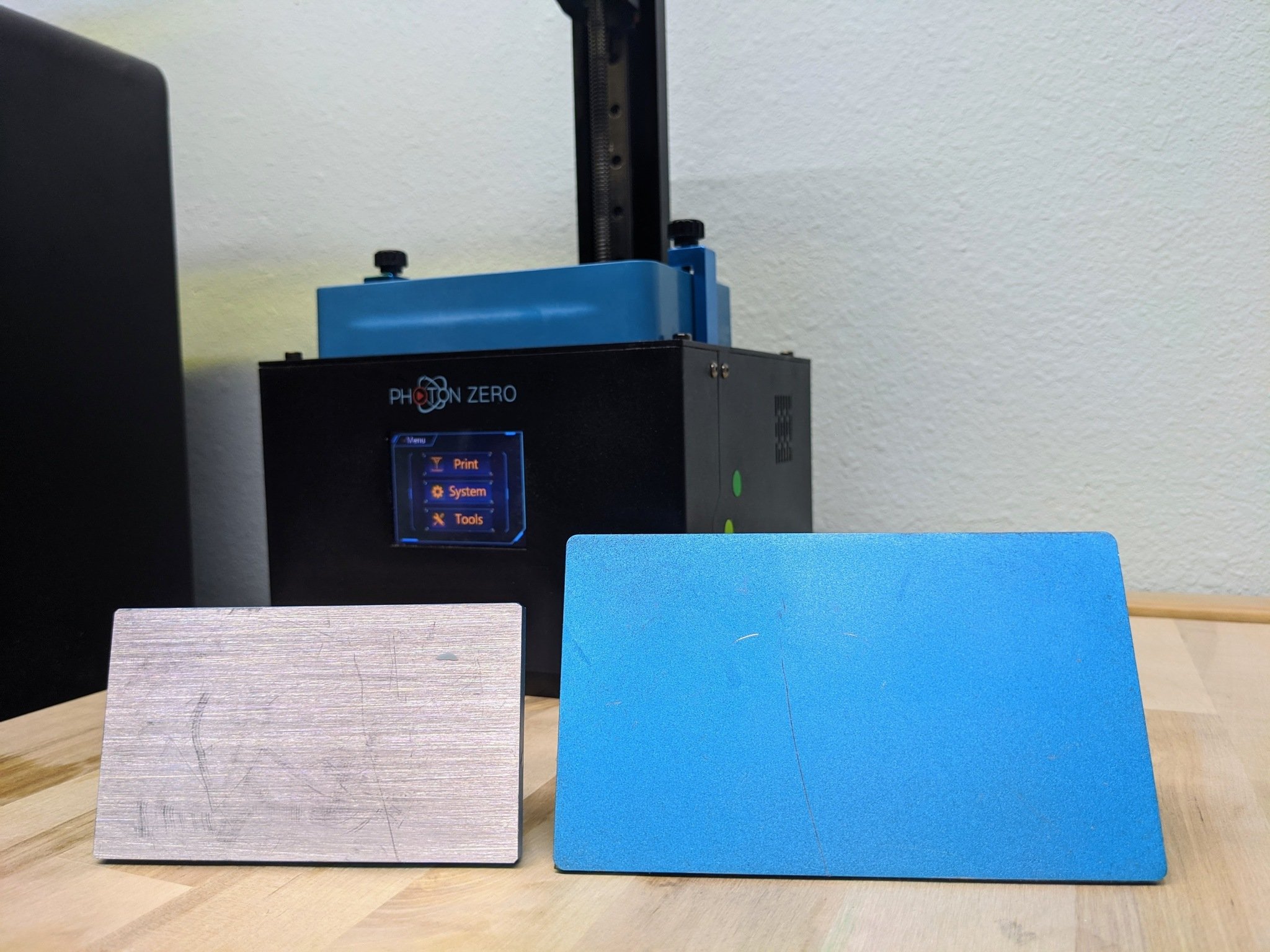
Even by resin printer standards, the build plate on the Anycubic Photon is tiny. It's the smallest print bed I've ever used at just 55-by-98-by-150mm. If you're looking to build colossal cosplay items, or massive statues to have around your house, this likely isn't the printer for you. If, however, you want a small form factor printer that lets you dip your toe into 3D printing for the first time, then the build plate volume isn't going to matter.
The other issue I have with the Zero is how it interacts with the wash/cure station. Even though they are being released at the same time and can also be bundled together, the Zero's build plate does not attach to the wash/cure station clamp. Instead, you have to scrape the model off of the plate and into the provided basket. This isn't a big deal but does seem strange when the older Photon and Photon S plates fit perfectly.
The Anycubic Wash/Cure station is a must
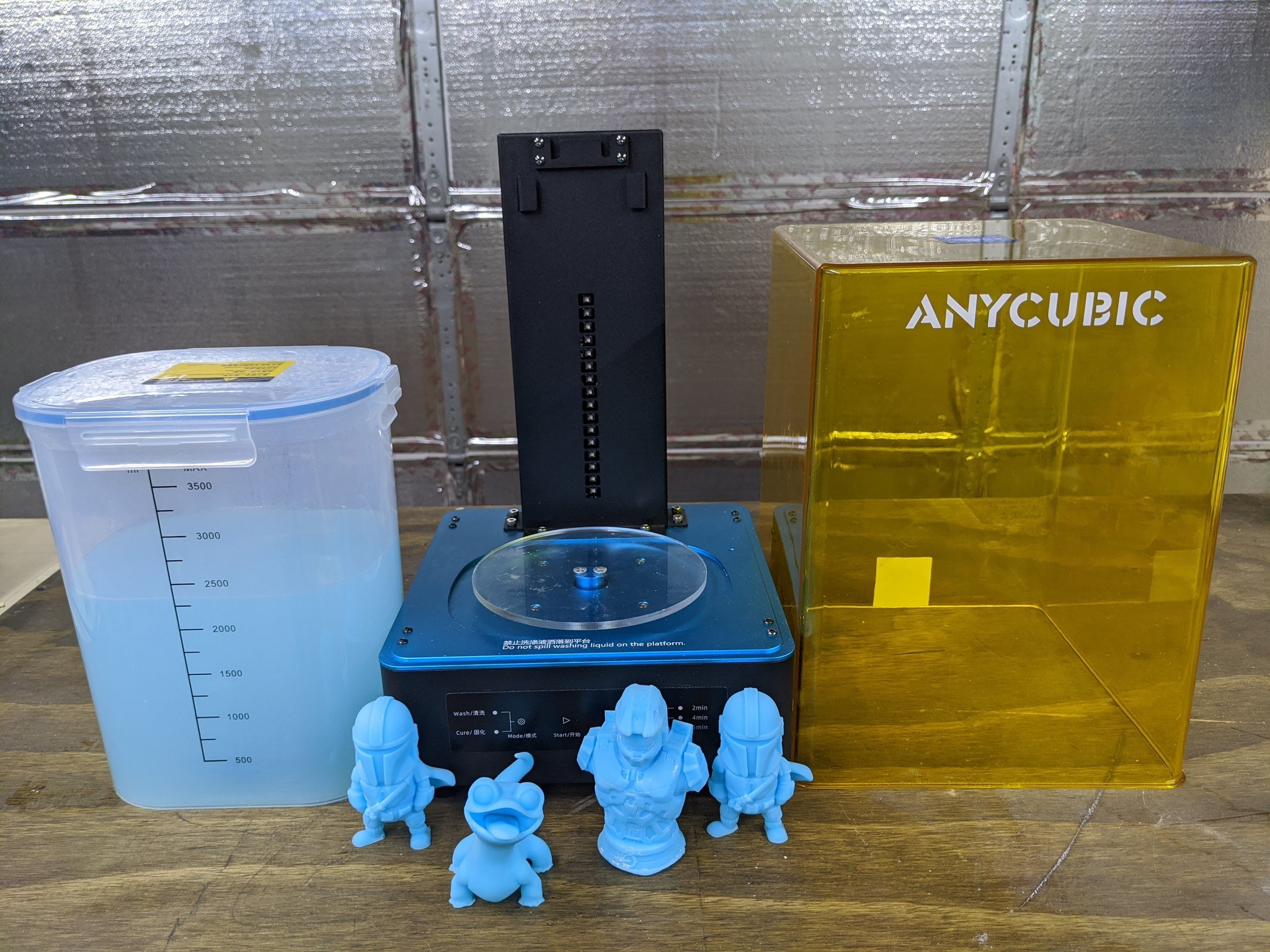
While I enjoyed using the Photon Zero, and I think it's a great first-time printer, the wash/cure station is what blew me away. If you've ever made a resin print, you will know the struggle. Washing it in a tub of IPA, then either putting it out in the sun or, if you don't have sun, having to make a DIY curing station that looks like a paint can with a lightbulb on it, is pretty much the norm.
With the Anycubic wash/cure station, all of your post-processing stress is eliminated. You can get fantastic prints, cured to perfection every time.
Related:16 must have accesories for resin 3D printing
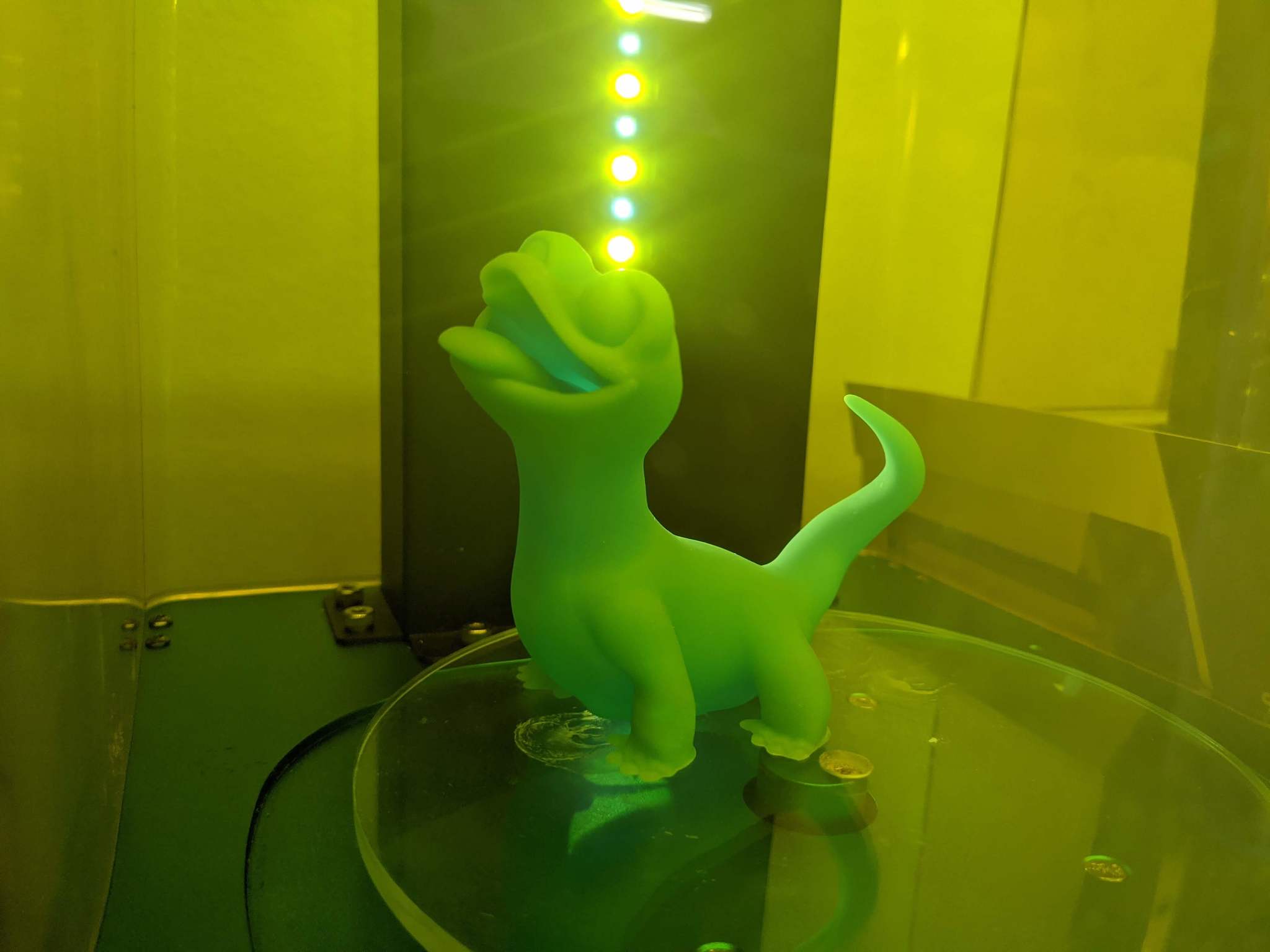
The wash/cure comes with a giant sealable tub to put isopropyl alcohol in, a basket for your prints, and a plastic turntable for your models to stand on. It also has a little clamp that you can attach your Photon and Photon S plates to, though, as mentioned before, it doesn't fit the new Photon Zero.
I adore the wash/cure station and cannot reccomend it enough. If you make any amount of resin prints, the station will save you massive amounts of time and work. The only thing I wish it had was a mirrored bottom on the turntable to cure the bottom of the print as it spins around, but that is a minor complaint and one I'm going to fix in the next week. For everything else, the cure/wash station is the perfect balance between usability and price. I suggest everyone who resin prints buy one right now.
Should you buy Anycubic Photon Zero 3D printer?

If you've never owned a resin 3D printer but want to get into the hobby, the Photon Zero is the printer for you. It's small, easy to use, and cost just a fraction of the cost of other 3D printers. I enjoyed using it in concert with the wash/cure station and can see someone starting their 3D modeling empire with something like this.
Another great target audience for this printer would be people who paint board game models. The build plate is big enough to print four or five models that you could paint up as part of your D&D game, or for a train set. The size of the plate may be a hindrance in some instances, but there are plenty of reasons to buy it regardless.
James built his first PC when he was 13 and has never looked back. He can be found on Windows Central, usually in the corner where all the 3D printers are, or huddled around the Xbox playing the latest games.
